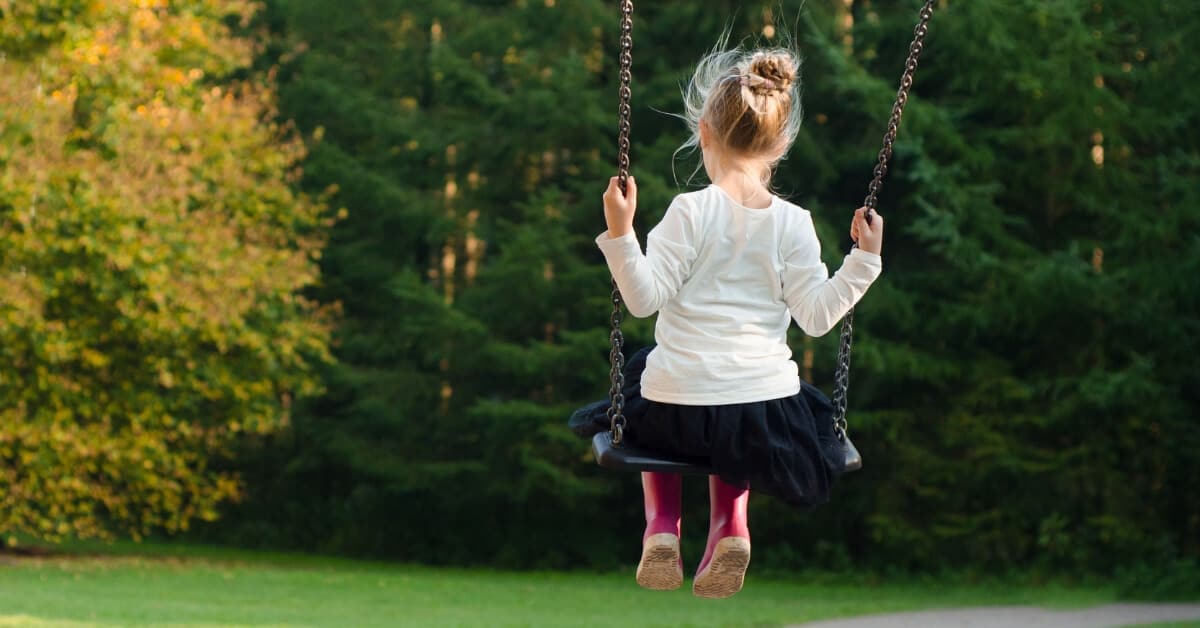Hi Dr Justin, we recently had a family meeting and decided on a family safe word – a word we can use in case someone other than family has to pick the kids up. I know I need to explain to my kids why we need a safe word, but I’m worried about scaring them, especially my five year old. How can I teach her how to be safe without scaring her?
This is such a hard question. On the one hand, we want to maintain our child’s innocence – we want them to be creative and curious and feel free to explore the world around them. But there are risks. Some people are “tricky”, and it’s our job to keep our children safe.
While we know the likelihood of kidnapping or something else bad happening is extraordinarily small, if it does, it is going to shake our world. It’s a risk we just can’t take. We have to teach our children how to be safe.
So how do we do this without scaring them?
Focus on safety
Scare tactics might make sense from our perspective, but they tend to intimidate our children and lead them away from making wise decisions (or having a healthy approach to being outside, taking risks, and exploring the world). One in ten children between the ages of six and 11 has diagnosable anxiety. Some of this is likely due to the messages of fear from parents and the media.
Instead, be clean and clear in what you say. Avoid extra detail. And focus on safety rather than danger. Keep information age-appropriate – how they can stay safe in different scenarios, and the way that ‘safe kids’ act – rather than all of the possible dangers.
Beyond stranger danger
Bear in mind that while it is tempting to teach our children about ‘stranger danger’, experts have determined this is an idea that places your children at risk. Teaching our children to be wary of all strangers may not only frighten them, but may actually work against them at a time when they might otherwise need that stranger’s help. Some strangers might not be safe, but most are.
Researchers at Cornell University advise instructing your children on how to respond to the lures of strangers, and making sure to model and rehearse these responses with your kids. Others describe teaching children to avoid “tricky people” such as adults who ask children for help, or attempt to lure them away from family, friends, or safe places.
Teach simple safety guidelines
We want our kids to understand that strangers are not always dangerous people, and that dangerous people are not always strangers. Also, and maybe more importantly, dangerous people don’t always seem dangerous. But we need to teach them this in a way that shows them how to be alert and aware, without making them fearful or anxious.
These are the things that I teach my own children about strangers:
- Most strangers are good people.
- If a stranger ever approaches you, always check with your parents before doing anything with that stranger.
- If you are going somewhere with a stranger (for some currently unanticipated reason), always stay in public.
- There may be some instances, perhaps if you got lost or needed help, where you need to go to a stranger. If you do need to talk to a stranger, it is always best to look for a mum with children and ask her for help. If that won’t work, go to a lady. Or go to a store and get help from the person working – but always stay in public.
- If you ever feel unsafe, like a stranger is following you, find another adult and explain what you are scared of. Because most strangers are safe, if you ask for help you’re very likely to get it. But if you are invited into someone’s house, always say no and just stay on the doorstep.
- If a stranger promises you something really cool, like lollies, games, or tells you to follow them to see butterflies, lizards, snakes or even a baby tiger, say no and move away.
- If a stranger (or any adult) ever grabs you or touches you in a way that makes you scared, scream the following words: ‘Stop it! Help! Don’t touch me!’ And scream at them. Be LOUD!
Once you’ve gone over the guidelines, model them and practice them. Kids don’t have the longest memory (except when it comes to promises of chocolate!) so make sure to revisit these guidelines at least once a year. Make it fun, not scary, and you will give your kids the confidence to interact with strangers safely and without fear or worry.
The family password
It’s great that you’ve opened up the door for this conversation with your daughter. The Morcombe Foundation and the NSW Police Force both encourage the use of a family password. Combine it with teaching your child about safety (rather than danger) and the best way to interact with strangers, and you will be on your way to teaching your daughter how to be safe, but not scared!
Article supplied with thanks to Happy Families.
About the Author: A sought after public speaker and author, and former radio broadcaster, Justin has a psychology degree from the University of Queensland and a PhD in psychology from the University of Wollongong.

